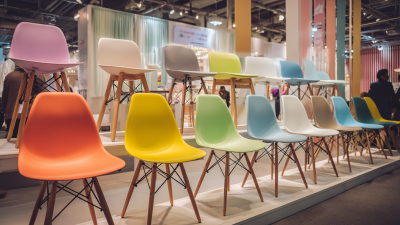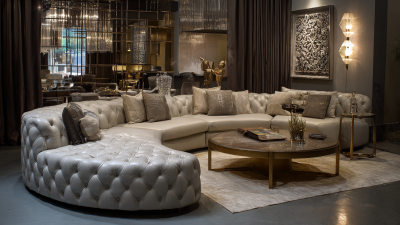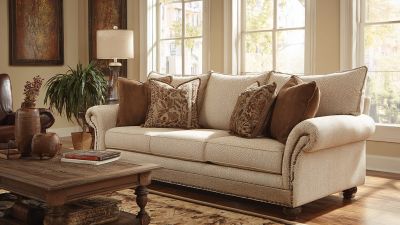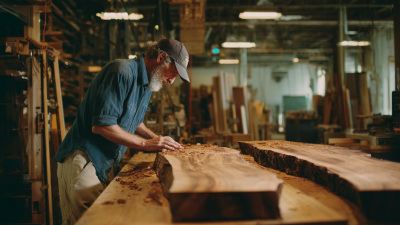In recent years, the hospitality industry has witnessed a significant shift towards sustainability, prompting a growing emphasis on eco-friendly practices and materials. As businesses strive to reduce their environmental footprint, the role of hospitality furniture becomes increasingly vital. This transformation not only encompasses the selection of sustainable materials but also the design and functionality of the furniture itself. By integrating eco-friendly trends in hospitality furniture, establishments can enhance their aesthetic appeal while simultaneously promoting sustainability.
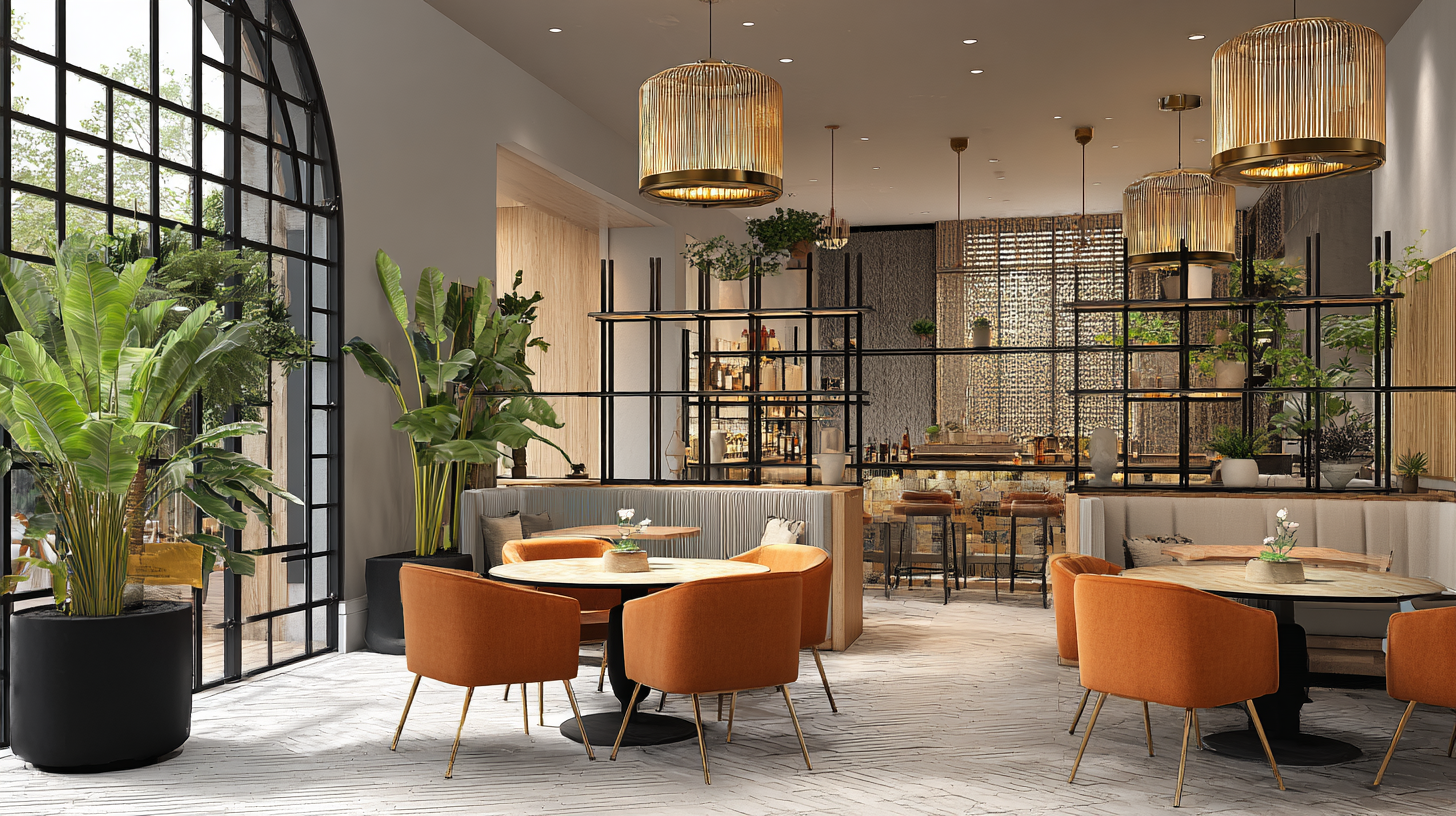
From recycled materials to energy-efficient manufacturing processes, the essence of this trend lies in creating spaces that reflect a commitment to the environment. In this guide, we will explore the latest innovations and practices in eco-friendly hospitality furniture, providing essential insights for industry professionals seeking to align their offerings with contemporary sustainability standards.
Join us as we delve into how these furniture trends are not just changing physical spaces but also elevating the guest experience through mindful design.
In the quest for sustainable hospitality furniture, selecting the right materials is paramount. Reclaimed wood has emerged as a popular choice, offering both aesthetic appeal and a reduced environmental footprint. By repurposing timber from old buildings or furniture, manufacturers not only preserve the historical charm but also divert waste from landfills. The unique textures and color variations found in reclaimed wood contribute to a distinctive character in hospitality spaces, making each piece one-of-a-kind.
Another key material gaining traction is bamboo, renowned for its rapid growth and renewability. Unlike traditional hardwoods, bamboo can be harvested in just a few years, making it an exceptionally sustainable alternative. Its natural strength and versatility allow for diverse applications in furniture design, from seating to decorative accents. Moreover, many manufacturers are now producing bamboo products that are treated with eco-friendly finishes, ensuring that they are both durable and safe for the environment. Embracing these materials not only supports sustainability but also resonates with the increasing consumer demand for eco-conscious design in the hospitality industry.
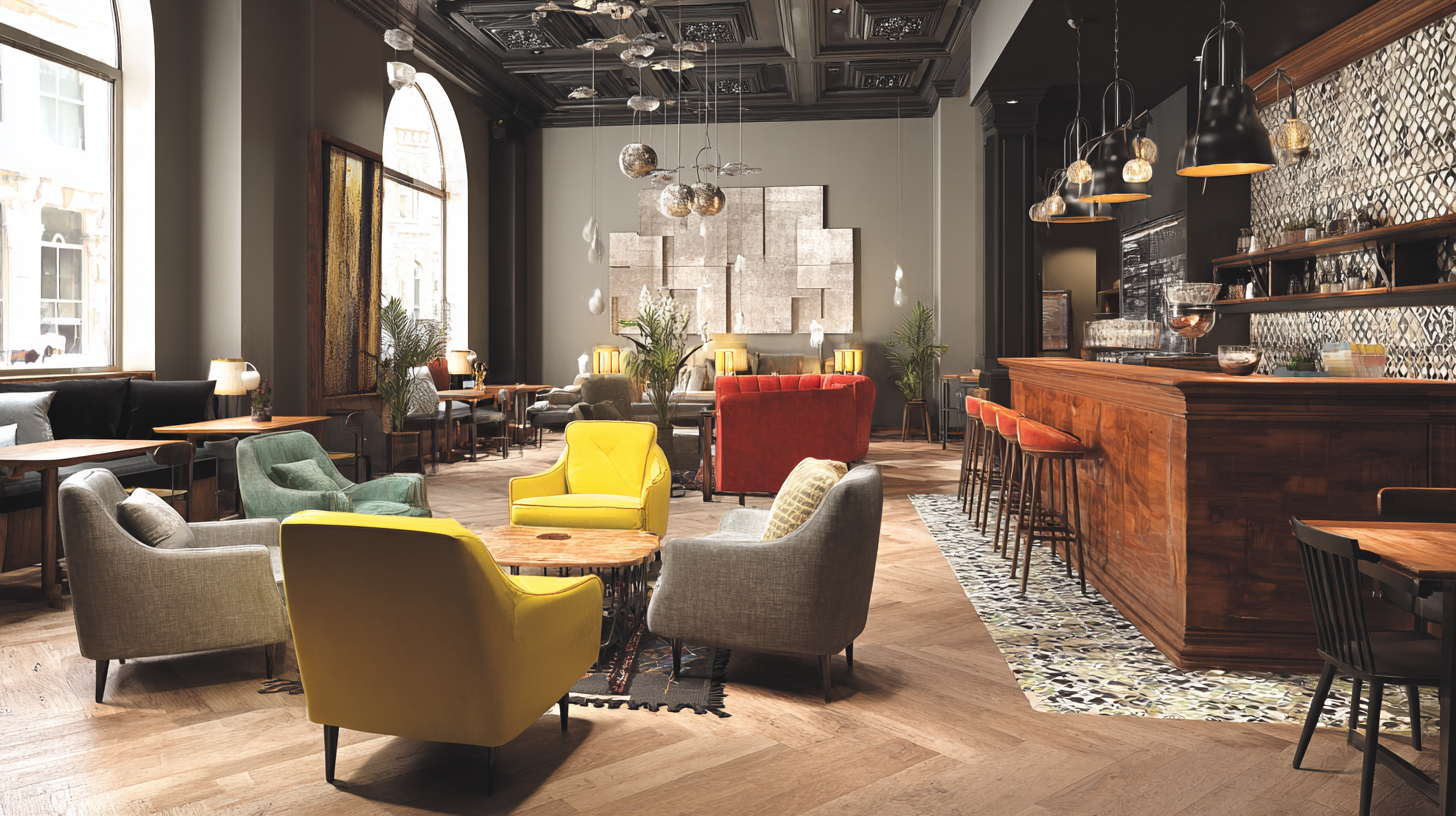
Innovative designs in hospitality furniture are reshaping the industry by harmonizing aesthetics with eco-friendliness. As sustainability becomes a core value for modern brands, designers are increasingly focusing on materials and processes that minimize environmental impact while enhancing the visual appeal of spaces. Trendy eco-friendly furniture not only reflects a commitment to sustainability but also caters to the growing demand among consumers for thoughtful and responsible design.
From reclaimed wood to biodegradable fabrics, the shift towards greener choices in furniture design resonates throughout the hospitality sector. By integrating innovative designs that prioritize both comfort and sustainability, hotels and restaurants can create inviting environments that attract eco-conscious guests. This merging of aesthetics with environmental responsibility is not just a passing trend—it is becoming a fundamental expectation in the hospitality experience, promising a future where elegance and eco-friendliness coexist seamlessly.
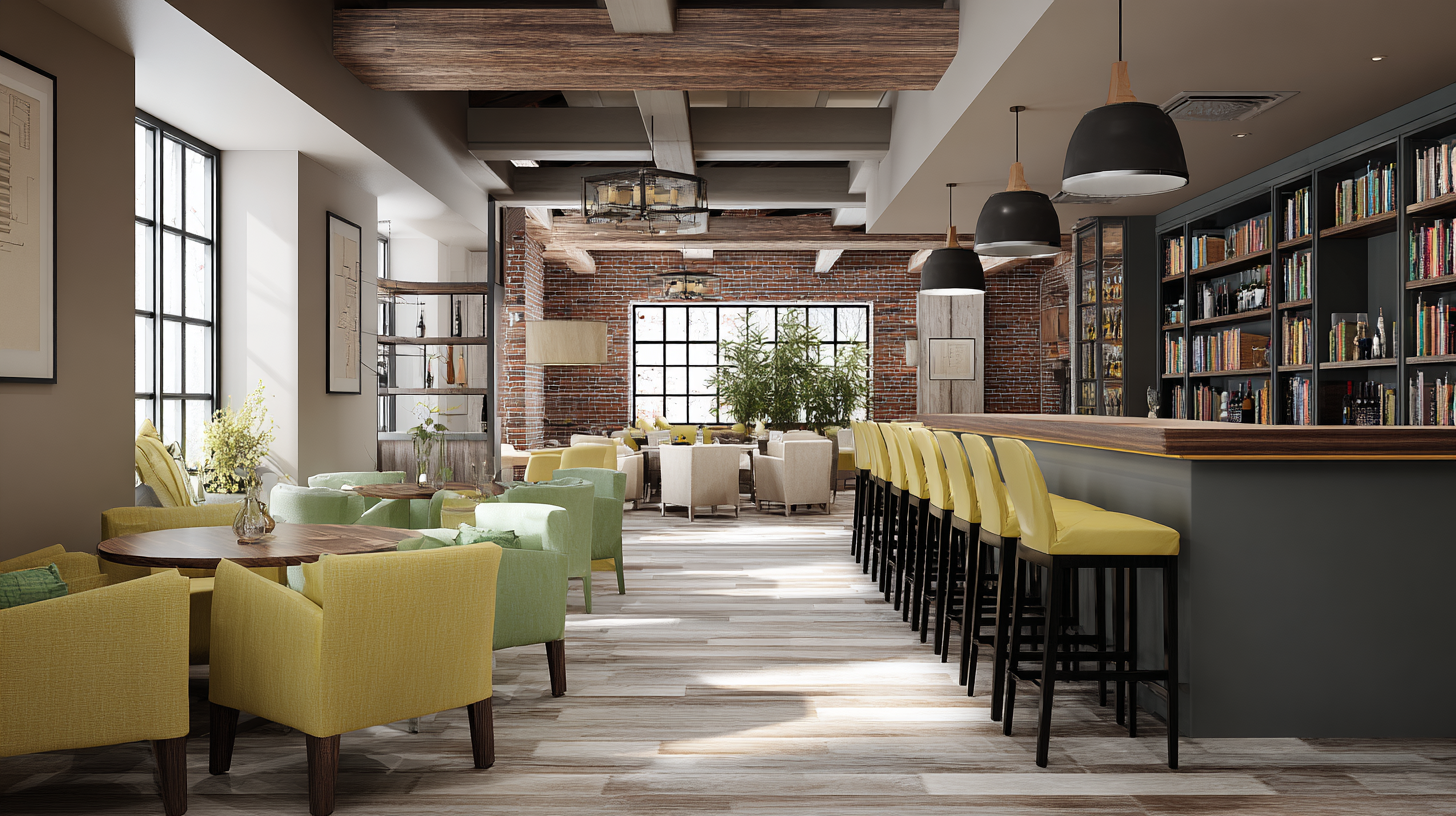
Upcycling has emerged as a powerful trend in the hospitality industry, offering a sustainable solution to furniture design while minimizing waste. By taking old furniture and creatively transforming it into stylish new pieces, hoteliers can not only reduce their environmental footprint but also impart unique character to their spaces. This approach allows for a blend of vintage charm and modern aesthetics, making it an attractive option for contemporary establishments looking to stand out.
The process of upcycling involves more than just a coat of paint or a new upholstery job; it requires a thoughtful vision to breathe new life into discarded items. From repurposing wooden pallets into chic coffee tables to turning vintage suitcases into functional storage solutions, the possibilities are endless. This trend not only promotes sustainability but also invites guests to appreciate the art of craftsmanship and the stories behind each piece. As eco-friendly practices continue to gain traction in the hospitality sector, upcycling becomes an essential component in creating inviting and environmentally conscious spaces.
Incorporating biophilic design into hospitality environments not only enhances aesthetic appeal but also fosters a calming atmosphere for guests. This approach emphasizes a connection to nature, using natural light, greenery, and organic materials to create inviting spaces. For instance, hotels can consider using large windows that allow ample sunlight to flood in, promoting a feeling of openness and tranquility. Additionally, incorporating living walls or potted plants throughout lobbies and guest rooms encourages a serene environment that can significantly improve guest experiences.
Tips for integrating biophilic design include selecting furniture made from sustainable materials that echo natural forms. Incorporate sculptural pieces that mimic organic shapes or use colors inspired by nature's palette. To further enhance the connection with the outdoors, consider opening up spaces with open-air lounges or balconies adorned with greenery. By thoughtfully designing spaces that embrace nature, hospitality businesses can not only meet the increasing demand for eco-friendly practices but also create memorable experiences that resonate with environmentally-conscious travelers.
| Trend | Description | Materials Used | Eco-Friendly Certifications |
|---|---|---|---|
| Sustainable Seating | Use of chairs and benches made from recycled materials that offer comfort while minimizing environmental impact. | Recycled plastics, reclaimed wood | FSC Certified, Cradle to Cradle |
| Biophilic Design | Incorporating natural elements like plants, water features, and natural light into hospitality spaces to enhance guest experience. | Natural fabrics, live plants, natural wood | LEED Certification, Green Guard |
| Modular Furniture | Flexible furniture designs that allow for reconfiguration and adaptability in various hospitality settings. | Bamboo, recycled metals | Zero Waste Certification, Ecolabel |
| Upcycled Decor | Decor items created from repurposed materials to create unique and eco-friendly aesthetics. | Upcycled glass, repurposed fabrics | ISO 14001, B Corp Certification |
| Natural Textiles | Textiles made from organic fibers to promote sustainability and comfort in hospitality environments. | Organic cotton, linen, hemp | GOTS Certification, OEKO-TEX |
In the quest for sustainability, selecting eco-conscious suppliers is crucial for any hospitality business looking to furnish its space while minimizing its environmental impact. Start by researching suppliers that prioritize sustainable practices, such as sourcing renewable materials and using non-toxic finishes. Certifications like FSC (Forest Stewardship Council) and GREENGUARD can help identify environmentally responsible products.
Tips: Look for suppliers that offer transparency in their supply chain. This includes knowing where materials are sourced and how products are made. Asking suppliers about their environmental policies can provide insight into their commitment to sustainability.
Moreover, consider local suppliers to reduce transportation emissions and support the community. Local manufacturers often provide furniture with unique designs that reflect regional culture, enhancing the atmosphere of your hospitality space.
Tips: When evaluating potential suppliers, request samples and check the durability of their products. Investing in high-quality, long-lasting furniture can reduce the frequency of replacements, further minimizing waste and fostering an eco-friendly ethos in your hospitality environment.
This chart illustrates the current trends in eco-friendly hospitality furniture materials based on their popularity. The data reflects the increasing preference for recycled materials, sustainable wood, and other innovative options in the hospitality industry.
